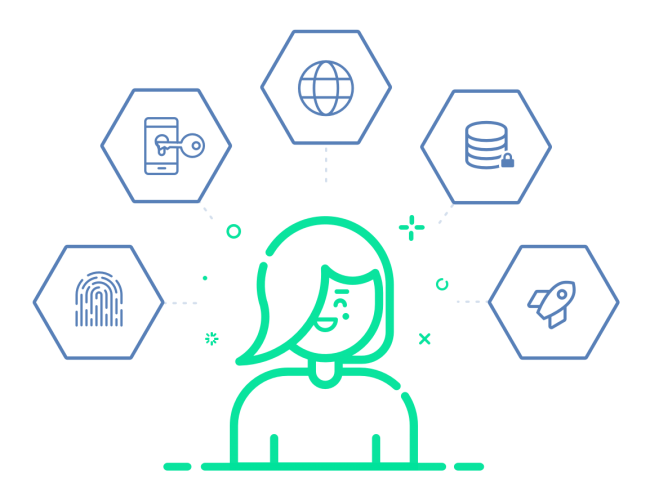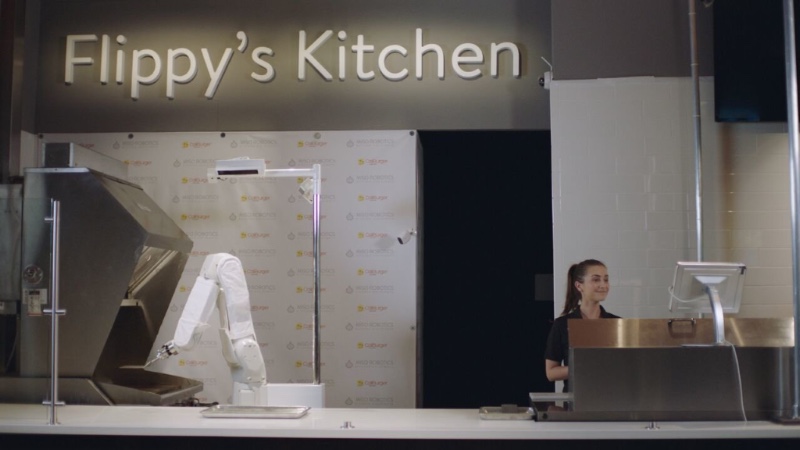LET’S BE FWENDS ISSUE #38:
A NEW INITIATIVE WANTS YOU TO KEEP YOUR DATA TO YOURSELF

“Well, somebody’s gonna have to go out there. Take a portable terminal, go out there and patch in manually.”
~ Lieutenant Ellen Louise Ripley
As far as I know, Lieutenant Ripley was not talking about getting control of our digital personal data back, but her approach to problem solving could have been the inspiration, Inrupt, for a new startup by Tim Berners-Lee trying to solve the current personal data crisis.
The currency of the modern web is your personal data - does the inventor of the web have a plan that allows you to own it?
At least, that’s what he’s setting out to do with this new initiative. The basic principle is to encapsulate your data from the service that uses it.
Take something simple like a service that is helping you manage your contacts: Currently, your data and the service are intertwined, and if you switch the service, you stand to loose all your data, or at least have the extra work of exporting and importing everything. Plus, the service practically owns your data, and can do with it whatever it wants (read the fine print if you’re unsure).
With PODs, you load your contacts data into your POD, and allow an app to access the POD. If you want to switch services, you detach your POD from the app, and connect it to the new one.
Or, as the makers describe it: “A USB-stick for the web”.
’Agile’ is not a silver bullet

Agile is not a silver bullet (because there are no silver bullets). Holding a daily standup will not automatically make you more productive, even if you time-box it radically to 15 minutes.
Because just going through the motions will only add another layer of process to our work without actually changing anything about how we work.
Many successful agile teams adapt “the rulebook” to their needs, and don’t necessarily follow a methodology down to the letter. Which actually - and ironically - coincides with the first agile value:
“Individuals and Interactions over Processes and Tools”
Whatever methodology you adopt, when it helps you with these three key issues identified by Cagan, you’re making progress:
1. Tackle the big risks early – especially value risk and business risk 2. Figure out solutions collaboratively – engineering, design, and product, working side-by-side 3. Focus on solving problems – it’s not about features or a roadmap; it’s about delivering results
Machine Learning for Humans

Confused about “Machine Learning”? Want to try it for one of your projects, or just want to know what the hell the engineers in your meetings keep talking about? Here’s a very thorough introduction to the topic.
Wearables for kids? Probably not the best idea.

The Internet of Things and Connected Devices keeps being a pile of burning crap, it’s a wonder people bother with it at all.
Take the MiSafe smart wrist watch for children, which was specifically designed to allow parents track their children’s whereabouts via GPS.
How a device is collecting and storing your data is a crucial design feature that must be a significant contributor to your purchasing decisions.
Using Wi-Fi to see behind closed doors

That looks like straight out of a Matrix movie: Not following the light hitting your eyeballs, but the signals modern computer systems emanate. Researchers were able to locate wifi transmitters (read: the smartphone in your pocket) with nothing more than another smartphone.
How to build bike infrastructure - A learning from Sevilla

The city of Sevilla managed something most cities can only dream about: They increased the number of bike trips 11-fold. In in just a few years.
What looks like a coincidental result of the planning process actually was one of its corner stones: Timing and speed. One of the goals was to have a working and functional bike lane network by the end of the election cycle, so that people would experience the positive changes before they go to the polls.
The things you can use a high-speed camera for

The Slo-Mo Guys have a fantastic YouTube-channel where they do all kinds of things and capture it with a high end slow-motion camera, capable of capturing 12.500 frames per second (!). In this case, 12.500 wonderful frames per precious second of a tennis racket slicing through Jelly.
Applied Robotics: Flippy, the burger-flipping robot

Forget twerking and parcours-running bots, this is where robotics is in the real world: Witness Flippy, the burger-flipping bot solving one of todays most pressing issues.
A growing list of businesses run by women
Looking for a gift and want to support women in business? Purchase from one of the businesses from this growing list of companies founded or run by women.
Painting Signs

Everybody has a good picture of how “handwriting” usually looks like. It may be nice calligraphy, or your doctors scribbles on the prescription, but it will always have some kind of organic feel to it. I watched with delight how a professional sign painter uses his hands to create something that has no resemblance to any of that.
That’s it for this edition of Let’s Be Fwends. It’s a bit longer then its older siblings, so double kudos for making it all to the bottom. I’m sure you didn’t just scroll down here but actually read the whole thing. Or didn’t you? High-Fives for you in any case! 💪
Subscribe to Let's be Fwends